I'm working on a Kirchhoff's problem where two car batteries are connected in parallel. One is dead and one is good. It's a basic three variable problem where I'm working out the three different currents (I1/I2/I3) in the circuit when the switch is closed.
My question is how do I treat the dead battery in the circuit? I would have thought that being dead you would make the voltage equal 0 Volts because it has no potential for current but my instructor is calculating using it at 12 Volts. Is that correct and if so why?

simulate this circuit – Schematic created using CircuitLab